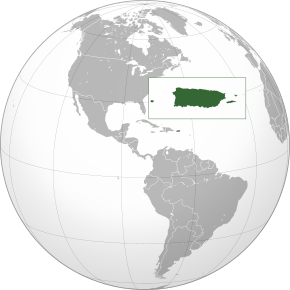
Mon–Sun: 8am – Midnight
Research Support
Mon–Fri: 8am – 5pm
Sat–Sun: By Appointment

Puerto Rican literature evolved from the art of oral story telling to its present-day status. Written works by the native islanders of Puerto Rico were prohibited and repressed by the Spanish colonial government. Only those who were commissioned by the Spanish Crown to document the chronological history of the island were allowed to write.
It wasn't until the late 19th century with the arrival of the first printing press and the founding of the Royal Academy of Belles Letters that Puerto Rican literature began to flourish. The first writers to express their political views in regard to Spanish colonial rule of the island were journalists. After the United States invaded Puerto Rico during the Spanish–American War and the island was ceded to the Americans as a condition of the Treaty of Paris of 1898, writers and poets began to express their opposition of the new colonial rule by writing about patriotic themes.
With the Puerto Rican diaspora of the 1940s, Puerto Rican literature was greatly influenced by a phenomenon known as the Nuyorican Movement. Puerto Rican literature continued to flourish and many Puerto Ricans have distinguished themselves as authors, poets, novelists, playwrights, essayists and in all the fields of literature. The influence of Puerto Rican literature has transcended the boundaries of the island to the United States and the rest of the world.
Reference
Wikipedia. (2020, July 4). Puerto Rican Literature retrieved from https://en.wikipedia.org/wiki/Puerto_Rican_literature
Puerto Rico is an unincorporated territory of the United States located in the northeast Caribbean Sea, The capital and most populous city is San Juan.

Originally populated by the indigenous Taíno people, Puerto Rico was colonized by Spain following the arrival of Christopher Columbus in 1493. It was contested by various other European powers, but remained a Spanish possession for the next four centuries. The island's cultural and demographic landscapes were shaped by the displacement and assimilation of the native population, the forced migration of African slaves, and settlement primarily from the Canary Islands and Andalusia. In the Spanish Empire, Puerto Rico played a secondary but strategic role compared to wealthier colonies like Peru and New Spain. By the late 19th century, a distinct Puerto Rican identity began to emerge, based on a unique creole Hispanic culture and language that combined indigenous, African, and European elements. In 1898, following the Spanish–American War, the United States acquired Puerto Rico, which remains an unincorporated territorial possession, making it the world's oldest colony.
Puerto Ricans have been citizens of the United States since 1917, and can move freely between the island and the mainland.

The 21st century has seen several major challenges, including a government-debt crisis and devastation by Hurricane Maria.
Reference
Wikipedia. (2020, July 4). Puerto Rico retrieved from https://en.wikipedia.org/wiki/Puerto_Rico